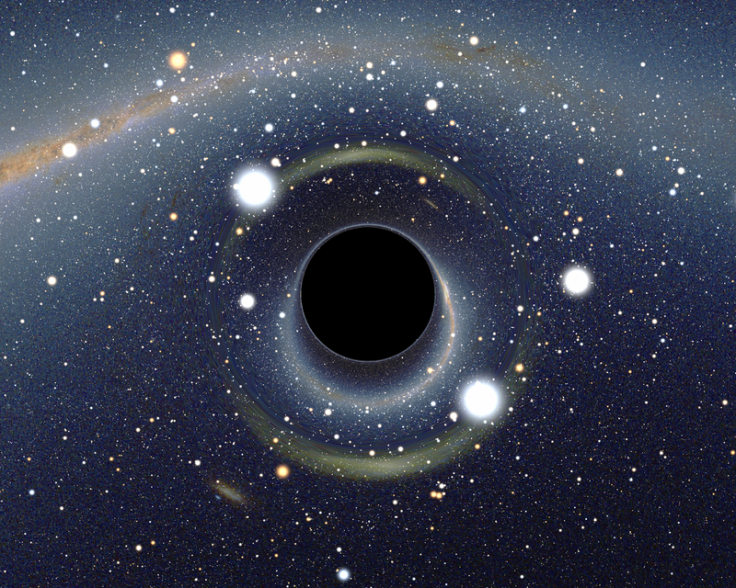Scientists Discover Fastest Star Orbiting Milky Way’s Supermassive Black Hole
KEY POINTS
- Scientists discovered the fastest star orbiting Sagittarius A*
- Scientists identified other stars that could be labeled as squeezars
- The stars will eventually die as they continue orbiting the black hole
A team of scientists discovered the fastest known star traveling across Milky Way. According to their findings, the star closely orbits the galaxy’s central supermassive black hole.
The newly discovered star was identified as S4714. According to the scientists, this stellar object zips through the galaxy and around Milky Way’s Sagittarius A* supermassive black hole at an impressive speed of 24,000 kilometers per second, which is equivalent to about 8% of the speed of light. The scientists, who observed the star, presented their findings in a new study published in The Astrophysical Journal.
Aside from being the fastest known star in the galaxy and orbiting a black hole, the scientists learned that S4714 is not the only one of its kind. Through the data gathered by the European Southern Observatory’s Very Large Telescope in Chile, the scientists discovered other stars that are closely orbiting Sagittarius A* at high speeds.
They identified the other stars as S4711, S4712, S4713 and S4715. The scientists referred to the stars as squeezar candidates, a concept proposed about 20 years ago that refers to how stellar objects get compressed or squeezed by the tidal forces of a nearby black hole.
Back in 2003, astrophysicists Mark Morris and Tal Alexander theorized that as squeezars follow an eccentric orbit around a black hole, its tidal forces convert a percentage of their orbital energy into heat at each pass. Although the process causes the star’s brightness to increase, it also speeds up its orbital decay. In other words, squeezars will eventually end up as dead stars orbiting a black hole.
From the five newly discovered stars, the scientists identified S4711 and S4714 as the most likely examples of squeezars. They believe that by observing these stars, they’ll be able to understand how black holes interact with nearby orbiting stars as they slowly devour them.
“At least S4711 and S4714 are squeezar candidates,” astrophysicist Florian Peissker from the University of Cologne in Germany, the lead scientist of the team, told Science Alert.
“I would say, I am sure about S4711 since the orbital elements are consistent with the predictions of Tal Alexander in 2003,” he continued. “In this sense, S4711 is the very first squeezar ever detected.”

© Copyright IBTimes 2024. All rights reserved.




















